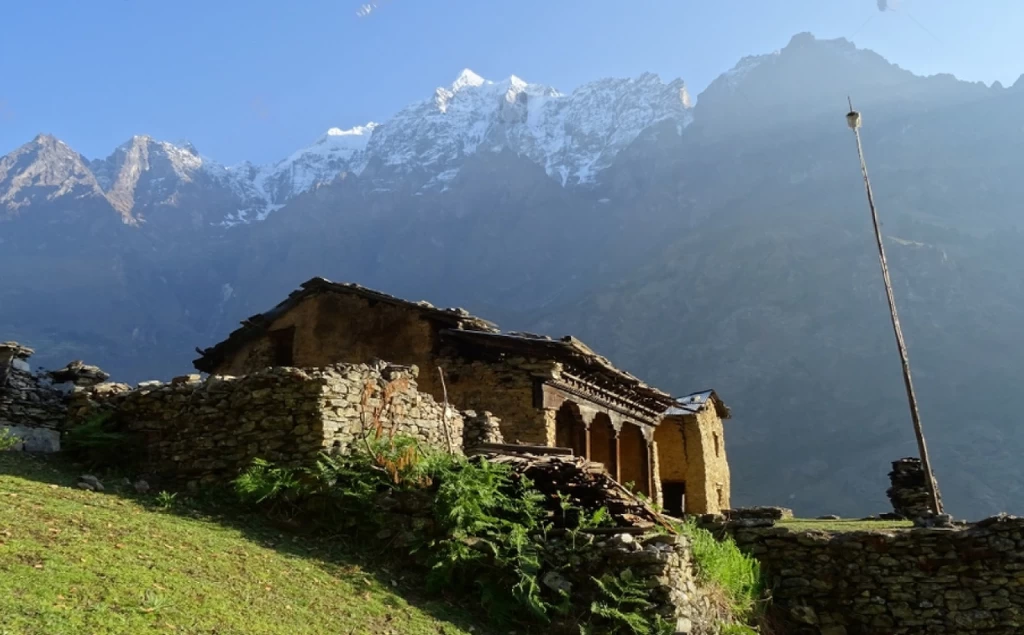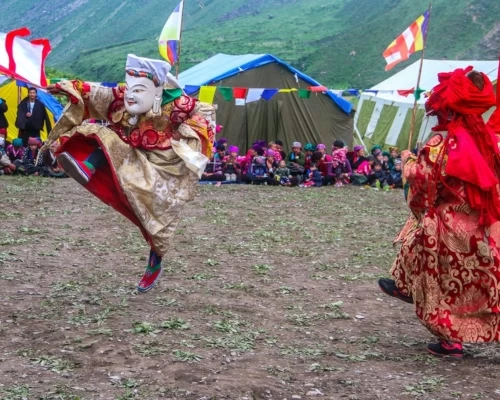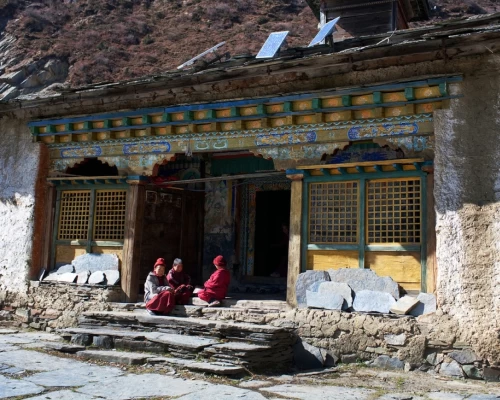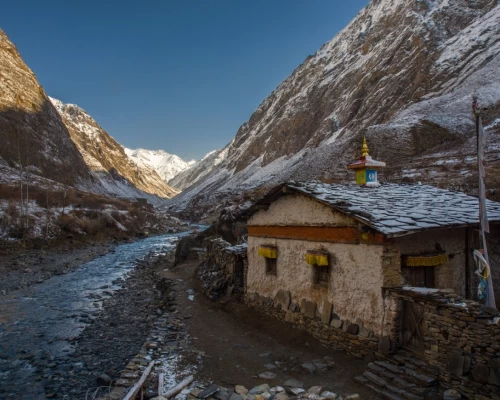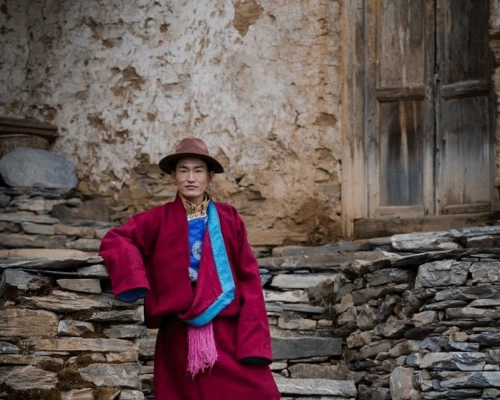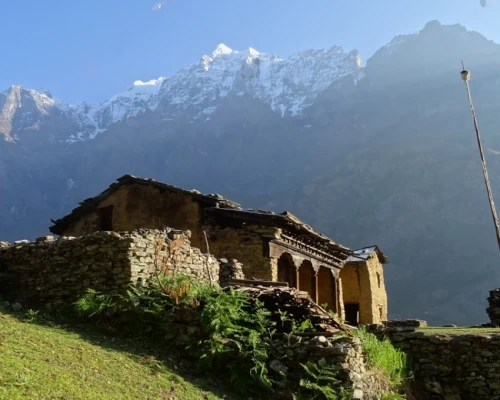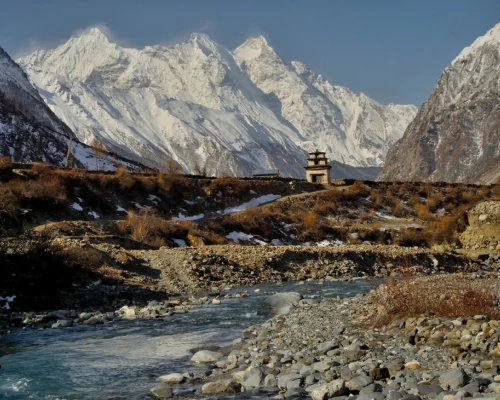The 12-Day Tsum Valley Trek is a unique adventure in Nepal's Manaslu region. It offers a rare glimpse into one of the most secluded valleys in the country. Located near the Tibetan border, Tsum Valley is not only breathtakingly beautiful but also rich in culture and spirituality. The valley’s Tibetan-style Buddhist traditions and the distinct Tsum language make it an unforgettable experience for trekkers.
This trek is perfect for those who want to dive deep into the culture and traditions of the Tsum Valley. Over 12 days, you’ll explore serene landscapes, ancient monasteries, and vibrant villages. The trek is ideal for anyone seeking a journey that blends natural beauty with spiritual enrichment, all while discovering a less-travelled path in the Himalayas.
What is the Tsum Valley Trek?
The Tsum Valley Trek lies in a sacred and secluded valley in the Manaslu region. Known for its deep cultural and historical significance, Tsum Valley is home to ancient monasteries, sacred caves, and rich Tibetan culture.
A Journey Into the Sacred Valley
The Tsum Valley Trek offers a deep dive into a valley rich in history and culture. Tsum Valley, located in Nepal's Manaslu region, is steeped in Tibetan Buddhist traditions, making it a sacred site for pilgrims. The trek highlights ancient monasteries, such as Mu Gompa, and sacred caves like Milarepa’s Cave. The valley’s vibrant Tibetan culture and serene landscapes create a spiritual journey unlike any other.
Location and Accessibility
Tsum Valley is nestled in the Manaslu region, near the Tibetan border, making it one of Nepal's most secluded areas. To reach the Tsum Valley trekking trail, travellers must first arrive in Machhakhola or Jagat. Both places are accessible by road from Kathmandu. From there, the trek begins, winding through the Manaslu Conservation Area and leading into the heart of the sacred valley.
Tsum Valley Trek: Is it right for me?
The Manaslu Tsum Valley Trek is perfect for cultural enthusiasts. This trek offers a deep dive into remote Himalayan communities. It is rich in Tibetan Buddhist culture, with ancient monasteries and unique customs. You’ll experience the untouched beauty of a secluded area where local traditions are still vibrant.
This trek is suitable for trekkers with moderate experience and fitness. The Manaslu and Tsum Valley Trek includes some challenging sections but is manageable. Be prepared for long days of walking in rugged terrain. Previous trekking experience helps but isn’t mandatory.
The Tsum Valley Trek isn’t available for solo travellers. The Nepal government requires at least two trekkers to issue a permit. A guide is also mandatory for this restricted area. These rules ensure safety and preserve the region’s cultural heritage. So, start your trek with proper gear and trekking poles right away with the itinerary below.
